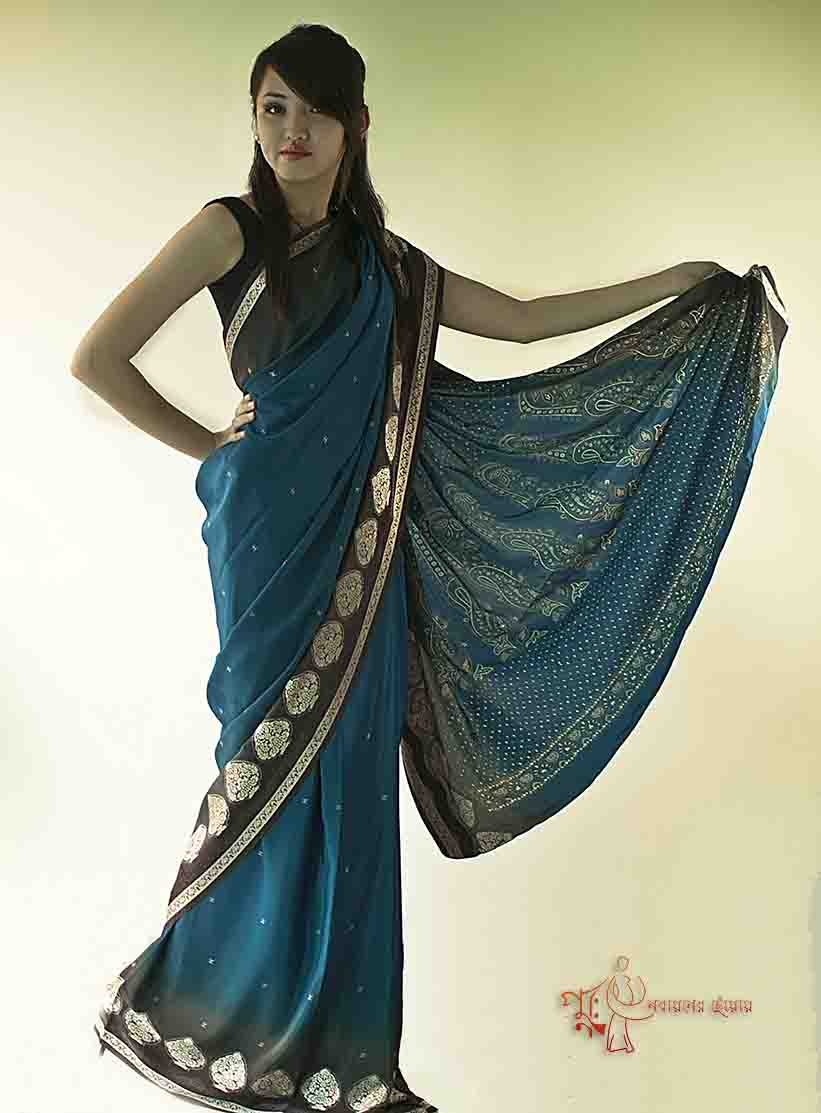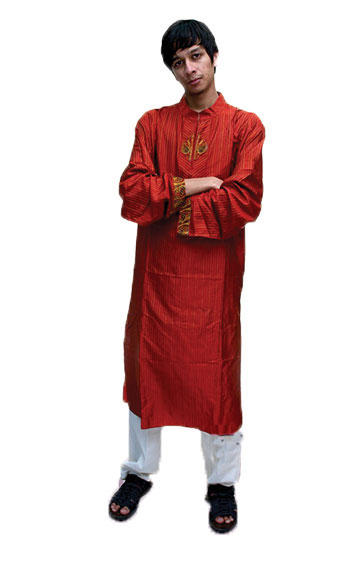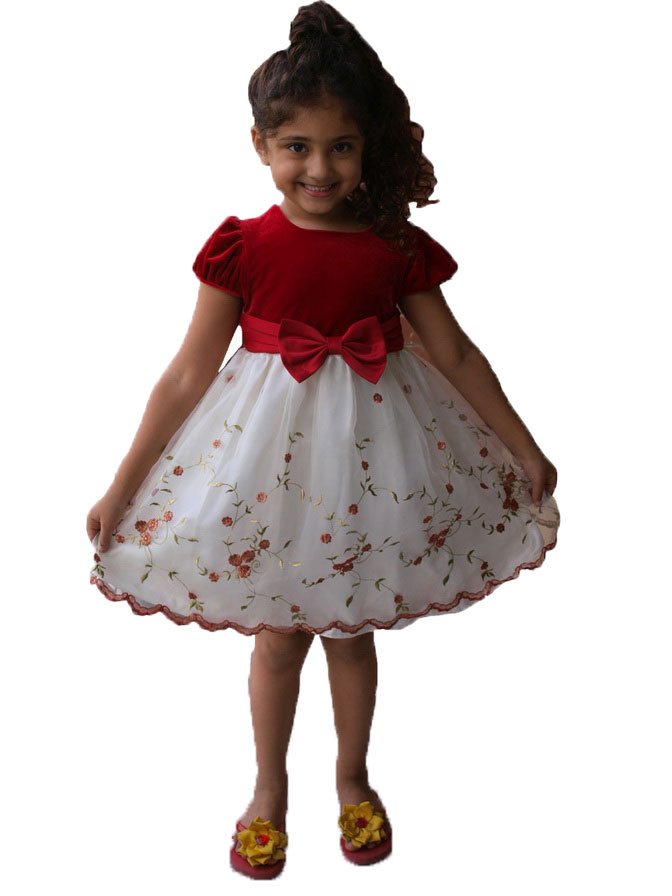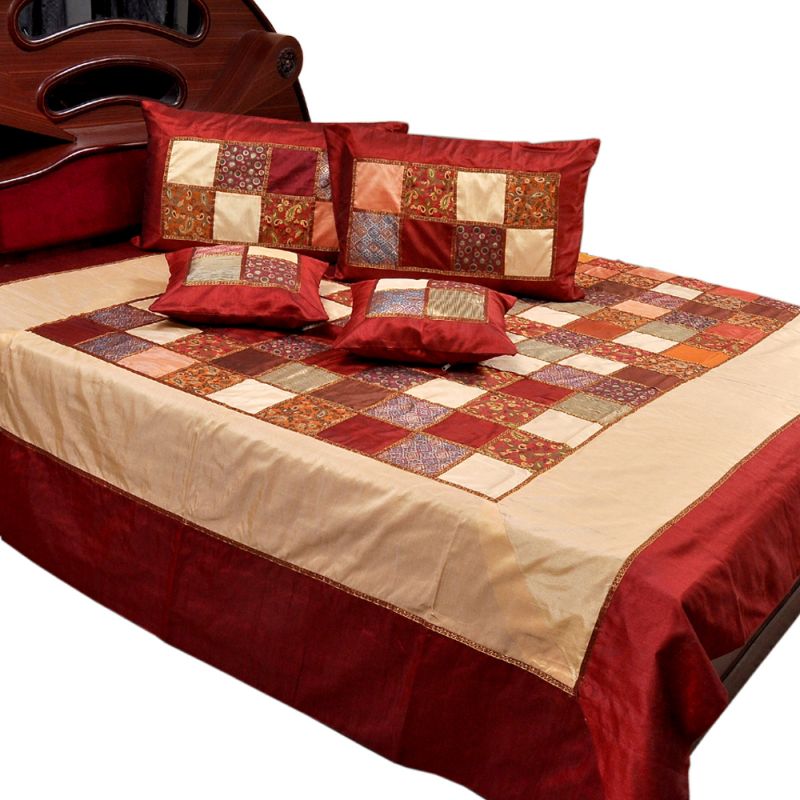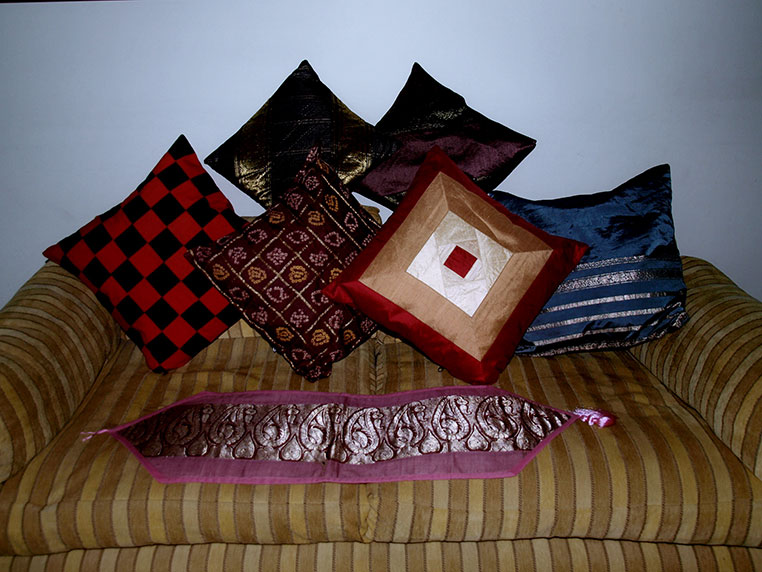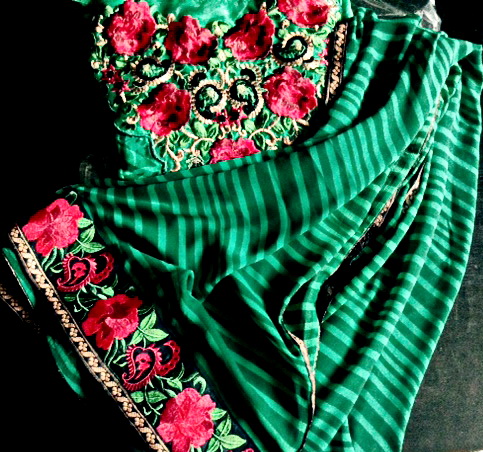No products in the cart.
fashion
Know your stuff: Georgette versus chiffon
I’ve always thought that ‘Georgette’ would make quite a pretty girl’s name, a derivative of George. But I never really knew that the fabric ‘georgette’ actually gets its name from a person called Georgette – 20th century French dressmaker Georgette de la Plante, to be precise.
The fabric itself it light and somewhat sheer and very feminine. It has a slightly rough texture. Originally, georgette was made of pure silk – but these days it’s more often made of man-made fibres such as nylon, which makes it very easy to wash and wear. Saris, usually imported from the Far East, are often made of georgette, while in the West georgette is usually used to make blouses and tops.
It’s easy to confuse georgette with chiffon, which is also light and sheer and can be silk or synthetic. But chiffon, which originated in China, tends to be much more sheer, lighter, finer and less firm than georgette. It’s also smoother and has more of a glaze. It’s difficult to sew and tends to come apart if stitched tightly. Again, saris can be made of chiffon. In the West, however, the use of chiffon tends to be limited to layered items of clothing because of the level of sheer and fabric softness.
Both chiffon and georgette saris are available in a range of prints, often of a pretty floral nature. Georgette saris can commonly be bought by the yard or metre with or without a border. Some georgette and chiffon saris have an achol and other features of a sari (such as a contrast area for pleats). Embroidered georgette saris are widely available, but chiffon saris tend not to be embroidered because of their fineness. Both fabrics are used for dupattas/urnas. Both fabrics are very adaptable, and georgette or chiffon saris can be available as daywear or evening wear.

